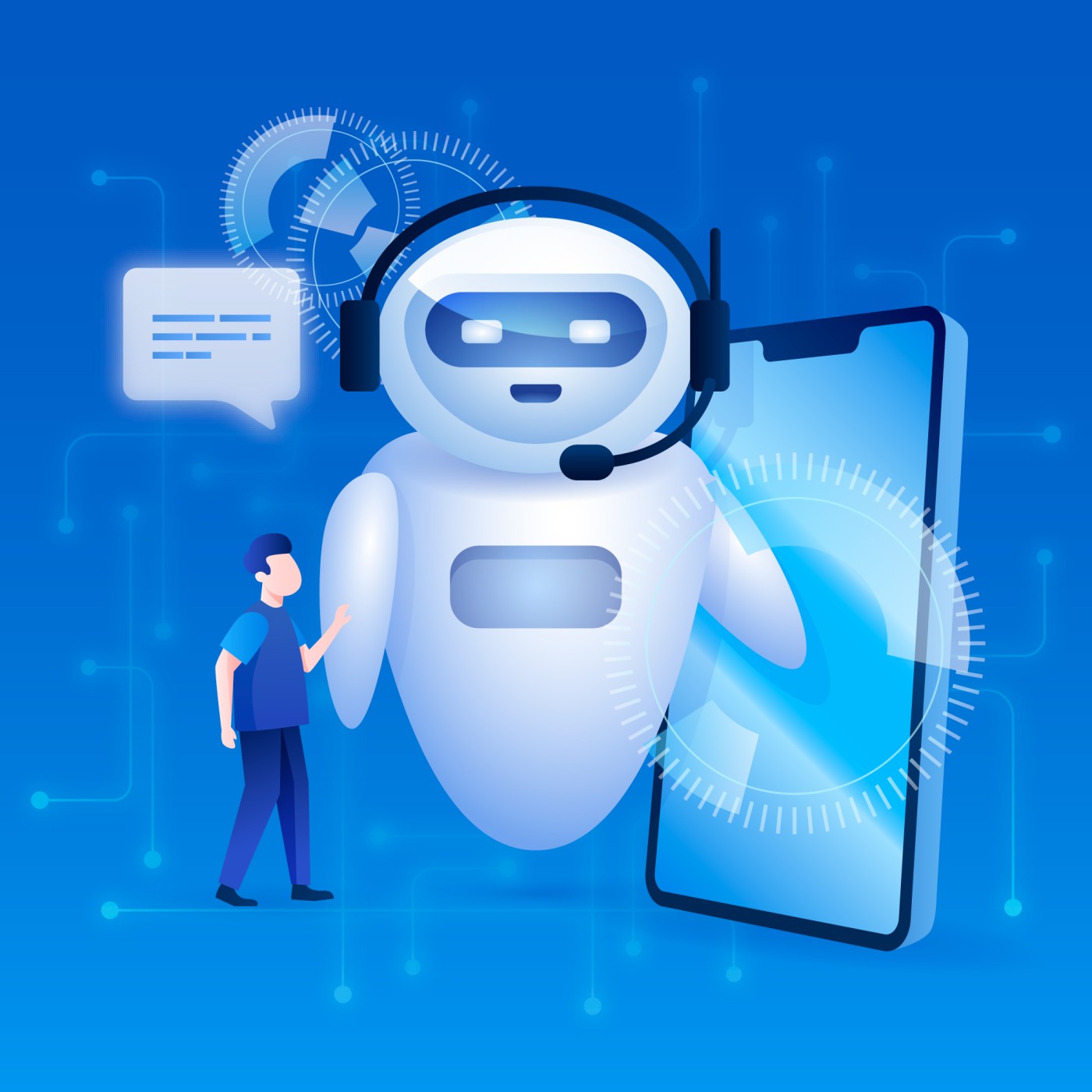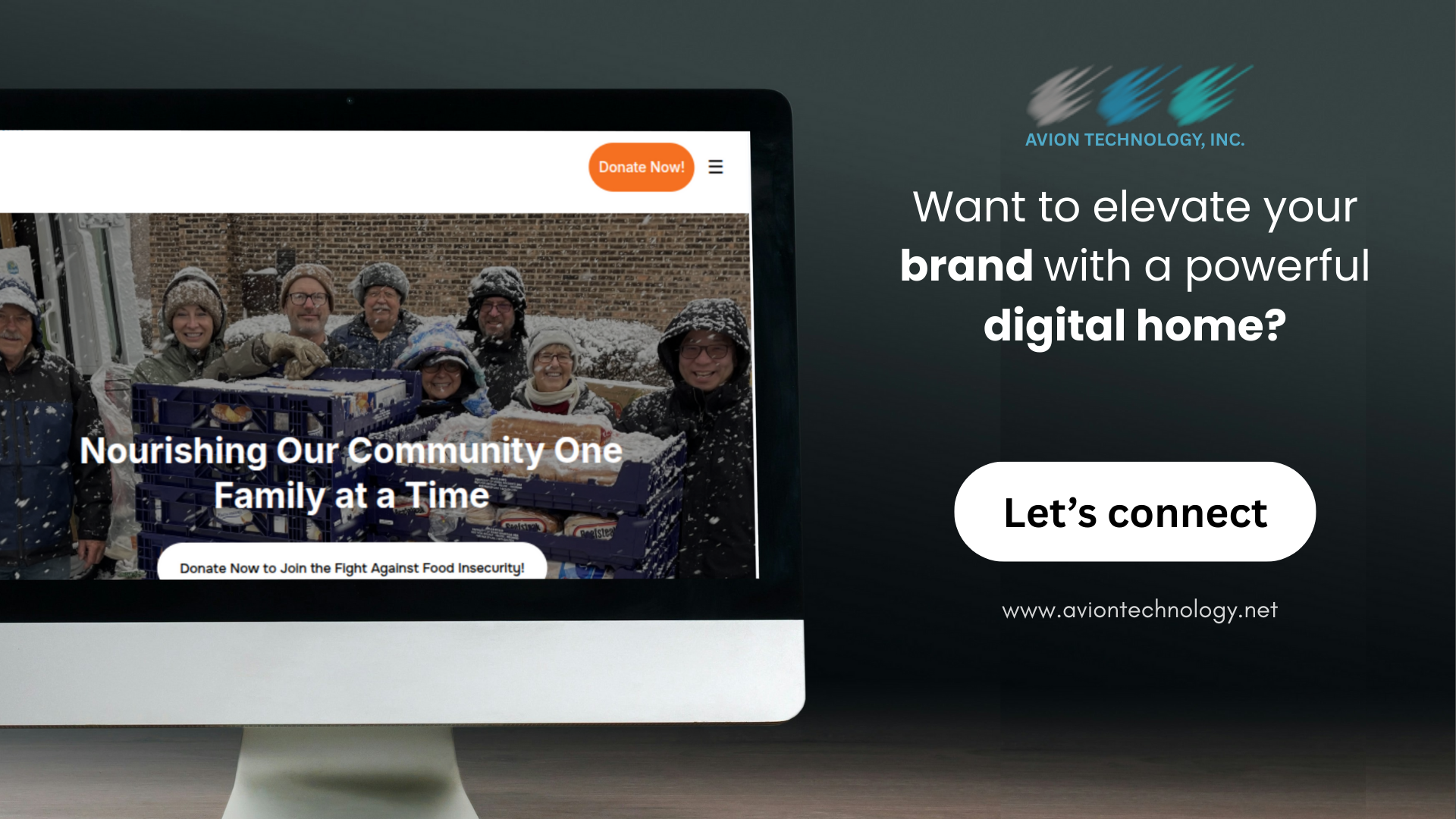AI Chatbots Ruby on Rails are transforming how businesses engage with their customers in today’s fast-paced digital world. Businesses must leverage innovative technologies to stay ahead, and AI-powered chatbots offer faster support, 24/7 availability, and improved user satisfaction. For companies leveraging Ruby on Rails (RoR) as their web development framework, integrating an AI chatbot is not only feasible but also highly effective.
If you’re a business owner or developer based in the USA, particularly in tech-forward cities like Chicago, New York, or San Francisco, implementing AI chatbots in your Ruby on Rails project could give you a distinct competitive edge. In this guide, we walk you through the complete process of implementing AI chatbots with a location-based lens.
Why Use AI Chatbots in Ruby on Rails Project?
Businesses across the USA are increasingly using AI chatbots to manage customer interactions, reduce operational costs, and enhance user engagement. Here are some reasons why AI chatbots are essential:
- 24/7 Customer Support: Chatbots can handle thousands of queries simultaneously.
- Cost Efficiency: Reduces the need for a large human support team.
- User Retention: Quick and consistent responses keep users engaged.
- Automation: Repetitive tasks like FAQs or form submissions can be automated.
- Behavior Insights: Chatbots gather data to help refine marketing and sales strategies.
For businesses based in the United States, especially in high-demand markets like California and Illinois, chatbots offer a modern and effective customer service strategy.
Step-by-Step Guide to Implement AI Chatbots in Ruby on Rails
1. Choosing the Right Framework for AI Chatbots Ruby on Rails
Before implementation, choose an AI chatbot framework that aligns with your business needs. Popular options include:
- Dialogflow by Google
- IBM Watson Assistant
- Microsoft Bot Framework
- Rasa (Open Source)
- OpenAI ChatGPT API
Many businesses in the USA are leaning toward OpenAI due to its seamless integration and powerful NLP capabilities. These platforms offer RESTful APIs, which can easily integrate with a Ruby on Rails backend.
2. Define Your Chatbot’s Purpose and Features
Determine what your chatbot is supposed to do. Ask yourself:
- Is it for customer service?
- Will it assist with scheduling or transactions?
- Does it need to support multilingual queries?
By defining your goals clearly, you can select the right AI model and features to implement. For example, a healthcare business in Chicago might use a chatbot to schedule appointments, while an e-commerce store in California may use one for product recommendations.
3. Train Your Chatbot with Relevant Data
Training is vital to building a chatbot that delivers meaningful conversations. Use existing FAQs, customer service logs, and typical queries as a dataset. Tools like Google Dialogflow and ChatGPT allow you to train your bot to understand intent and context.
If you’re based in the USA, localizing your chatbot to understand regional language nuances can improve effectiveness. For instance, including US-specific spellings, slang, and time zones enhances user interaction.
4. Integrate the Chatbot API into Your Ruby on Rails App
Once trained, you can connect the chatbot to your Ruby on Rails backend:
- Use
Net::HTTPorHTTPartyin Ruby to make REST API calls. - Handle user input via Rails controllers.
- Display the chatbot UI using JavaScript or embed it as a widget.
For example:
response = HTTParty.post("https://api.openai.com/v1/engines/gpt-4/completions",headers: {"Authorization" => "Bearer YOUR_API_KEY"},body: { prompt: user_input, max_tokens: 150 })
5. Design a User-Friendly Chat Interface
Interface matters. Whether your users are in Chicago or anywhere else in the USA, they expect a clean, responsive, and intuitive chat experience.
- Use tools like Bootstrap or TailwindCSS for design.
- Incorporate features like typing indicators, file uploads, and emojis.
- Add a chatbot widget to critical sections like support or product pages.
6. Test, Monitor, and Optimize
Before going live, conduct extensive testing:
- Simulate real user interactions.
- Check response accuracy.
- Monitor chatbot performance with analytics tools.
- Collect user feedback.
For businesses in regulatory-heavy sectors (like finance or healthcare in the USA), ensure compliance with standards like HIPAA or GDPR.
Advanced Features to Enhance AI Chatbots in Ruby on Rails
To stay ahead in competitive US markets, consider adding these advanced capabilities:
- Multilingual Support: Reach a broader audience.
- Sentiment Analysis: Adapt responses based on user emotion.
- Voice Integration: Allow voice-based interactions for accessibility.
- Personalization: Tailor responses using CRM data.
- Third-Party Integrations: Connect with platforms like Salesforce, HubSpot, or Slack.
Industry Use Cases Across the USA
-
E-commerce
- Retailers use chatbots to guide customers, recommend products, and track orders.
-
Healthcare
- Clinics and hospitals in the USA use AI chatbots to schedule appointments and manage prescriptions.
-
Financial Services
- Banks and fintech startups use chatbots for account inquiries and fraud detection.
-
Education
- EdTech platforms deploy bots for onboarding, scheduling, and tutoring.
-
Real Estate
- AI bots can recommend listings, schedule viewings, and assist with applications.
Best Practices for AI Chatbot Integration
- Human Escalation: Always allow users to reach a real person if needed.
- Data Privacy: Ensure that your bot complies with US privacy laws.
- Mobile Responsiveness: Optimize chatbot for mobile users.
- Continuous Learning: Keep improving the bot with new data.
Future Trends in AI Chatbots
Looking ahead, chatbots will continue to grow more sophisticated:
- Emotion AI: Detect and adapt to user emotions.
- Visual Recognition: Understand and process images.
- Blockchain Integration: Ensure secure transactions.
- Self-Learning Models: Improve performance without manual training.
Conclusion
AI chatbots are revolutionizing how web applications operate, and Ruby on Rails provides a robust foundation for their implementation. If you’re a business in the USA looking to streamline customer service, boost engagement, or optimize operations, integrating an AI chatbot is a step in the right direction.
Avion Technology, a leading USA-based Ruby on Rails development company, can help you plan, build, and deploy intelligent chatbot solutions tailored to your unique business needs.
Ready to Get Started?
Visit Avion Technology’s official website to explore our Ruby on Rails and AI chatbot development services.








